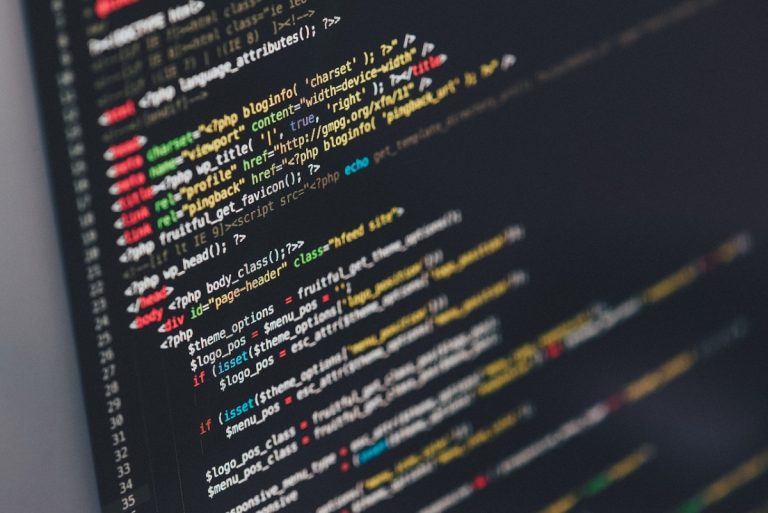
We are now well and truly in the age of advanced technology; smart phones, smart TVs, the world wide web, 3D printers… and on it goes. So it only seems logical that with the projected increase in technology-focused jobs in the future, kids should be learning some related skills today. Cue: coding in schools.
Recognising the inevitable, the UK altered its national curriculum three years ago to include an ambitious overhaul of its computing education program, which involves teaching children to code and how to understand algorithms, as well as using websites and learning about internet safety.
The curriculum was created in collaboration with tech juggernauts like Google and Microsoft, as part of a forward-thinking plan to address a skills shortage in the technology sector. The collaboration has also included funding from these companies to help train teachers to teach these subjects.
UK’s first curriculum linked creative coding platform to advance digital skills education: https://t.co/zqRm2YJTIV pic.twitter.com/PGu3owaoFy
— QA Education (@QAEducation) August 15, 2017
At the time, then education secretary Michael Gove said the curriculum would replace outdated computing classes that focused on teaching children how to word process and create spreadsheets, with a program that would focus on “computer science, information technology and digital literacy.”
Advocates argue that the benefits of teaching coding and computer-science related subjects go beyond future career prospects, with lessons helping to develop children’s logic, and even boosting their literacy and numeracy skills.
According to Bill Mitchell, director of education at BCS, the global awarding body for IT:
“…when you learn computing, you are thinking about thinking. About how thinking works. You have to try to imagine how this computer is going to do something for you. There are lots of transferable skills.”
Today, the UK is just one of many countries set on producing the next generation of graduates – digitally literate and well-prepared to navigate a technology-driven economy.
Apple CEO Timothy D. Cook has been particularly vocal on the subject, telling ‘Startup Fest Europe’ in Amsterdam last year that coding is “just another language, and just like any other language, it should be taught in schools.”
In June, the tech titan told a White House gathering with President Donald Trump that the US government should make young Americans learn computer programming in order to address a “huge deficit in the skills that we need today.”
“Coding should be a requirement in every school,” he said, according to The New York Times.

Apple’s Tim Cook speaks during a product launch event in Cupertino. Source: Shutterstock
This isn’t the case just yet but it will likely be real soon. As Code.org founder Hadi Partovi notes in a March posting on Quora, “in many US states (e.g. Arkansas, Virginia, Indiana), computational thinking and digital literacy have already been integrated into the mandatory standards of learning for K-8 students.”
Code.org itself believes computer science should come to be part of the school curriculum in the near future. The industry-backed non-profit founded in 2012 has made it its goal to get the course into every US public school, not to make it mandatory in high school, but to integrate aspects of it in primary school.
“When students receive that background in primary school, they can decide for themselves whether they want to take a deeper programming course in high school,” Partovi says.
In Australia, the same trend has been gaining steam. Writing for The Conversation in 2015, Leon Sterling, Pro Vice Chancellor of Digital Frontiers at Swinburne University of Technology in Melbourne, cited Australia’s future prosperity and an IT skills shortage similar to that of the UK and other countries, as reasons for advocating the teaching of computer skills in schools.
He also pointed out that there is a difference between simply exposing students to computers in the classroom, which is now effectively unnecessary due to the widespread accessibility of computer technology, and teaching them the skills needed to eventually develop applications of their own.
That same year, Opposition Leader Bill Shorten announced that if the Labor party were elected, they would “ensure that computer coding is taught in every primary and secondary school in Australia”.
This year in February, the state of Queensland made it mandatory for children across all years to have coding and robotics classes.
@adam_turner – good article in @smh on coding in schools. We've just started https://t.co/bMbfvPhDdh teaching 11-14s coding through 2D games
— nexgencodecamp (@nexgencodecamp) November 22, 2015
A school in Sydney is on a similar wave length, with children from kindergarten to Year Six at Darlington Public School learning basic coding, which is teaching them the merits of being creators as well as consumers. The school’s coding teacher Rohan Hill said his classes taught, “fundamental 21st century skills that every single child will need when they hit the workforce. There will be jobs around that we don’t even know about.”
Computer science, and especially coding, has wide-ranging benefits, from the more obvious skills around creating applications and designing algorithms, to the contributions it makes to the development of children’s problem solving and logic skills.
It appears that the time is now to give children exposure to computational thinking and the practical applications of it, to better prepare them for the massive role that the technology industry will play in this digital age.
Liked this? Then you’ll love these…
Coding the curriculum: new computer science GCSE fails to make the grade
More Singaporeans choose to study tech over law in university







